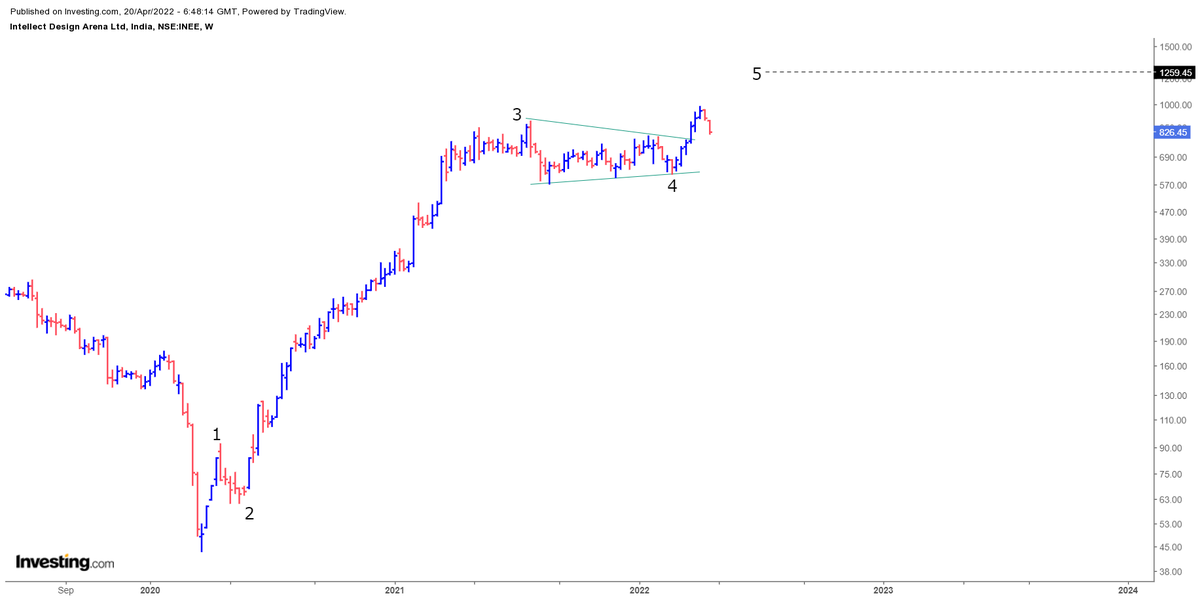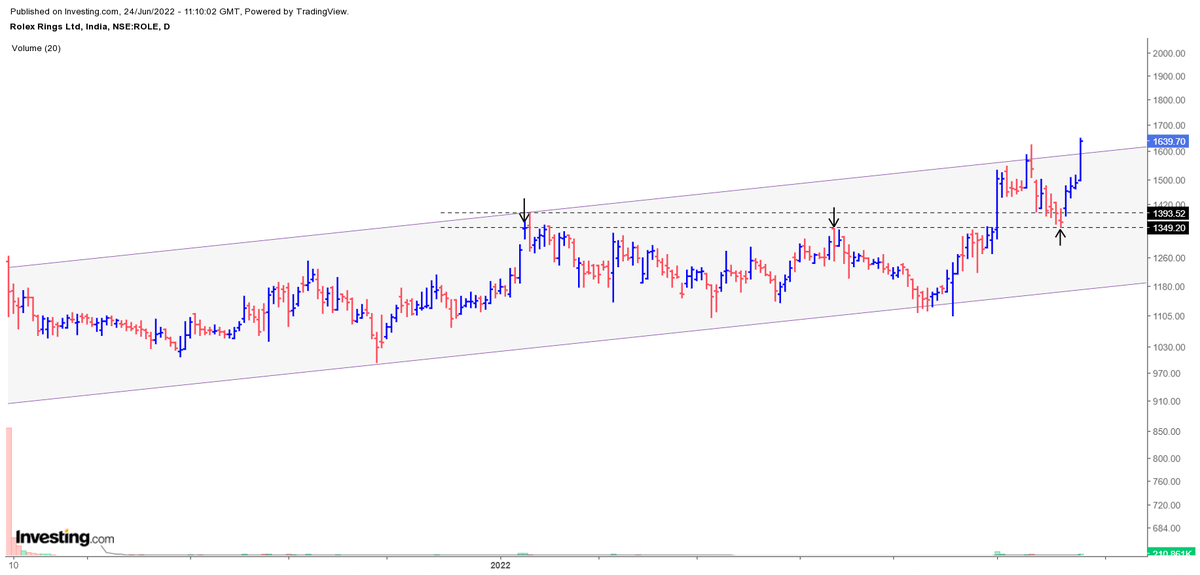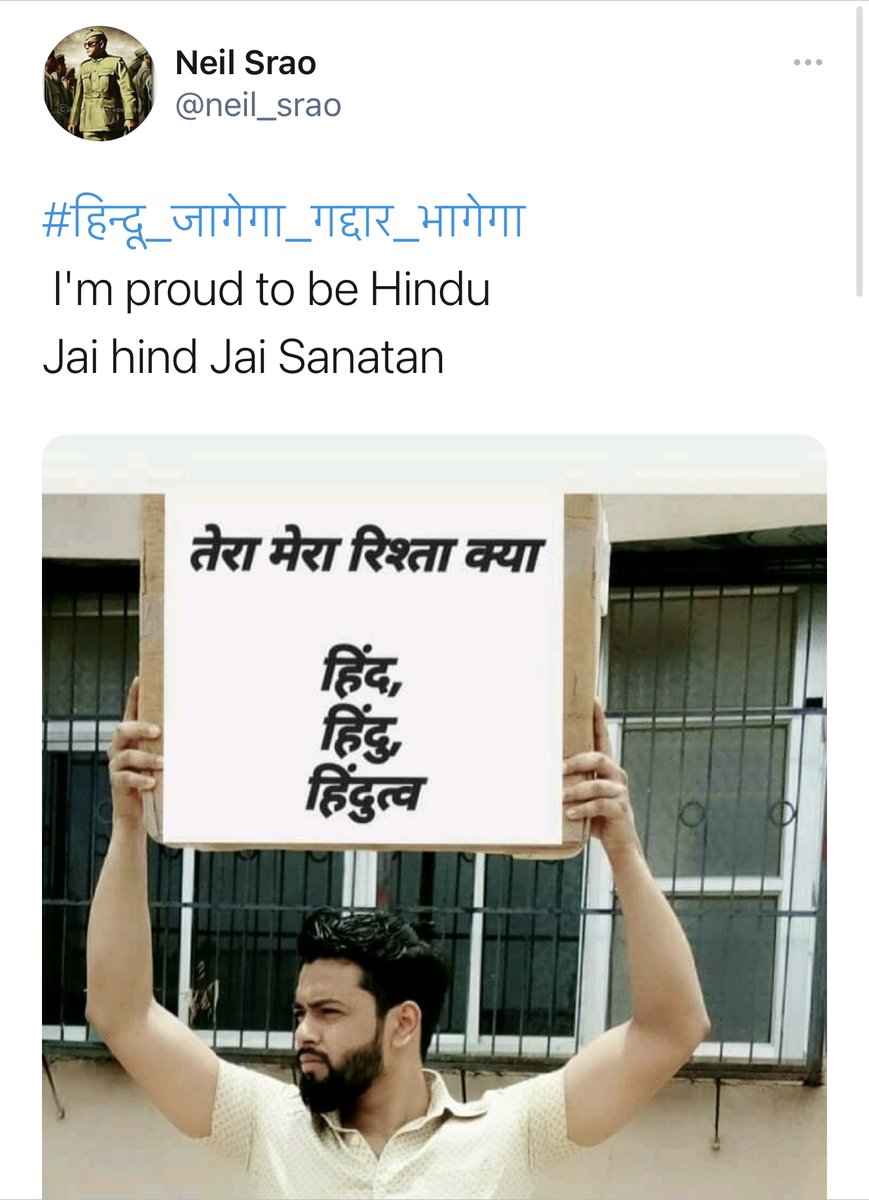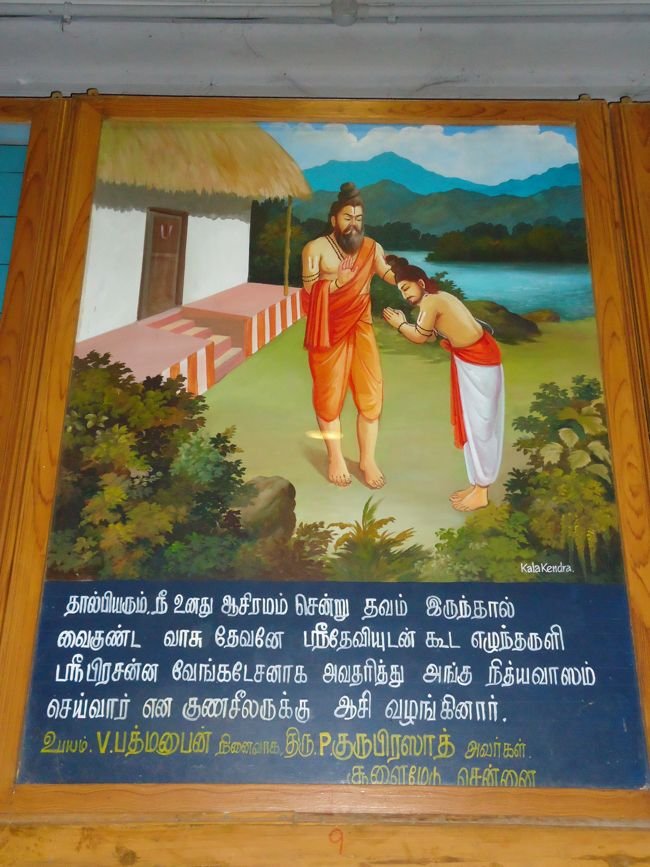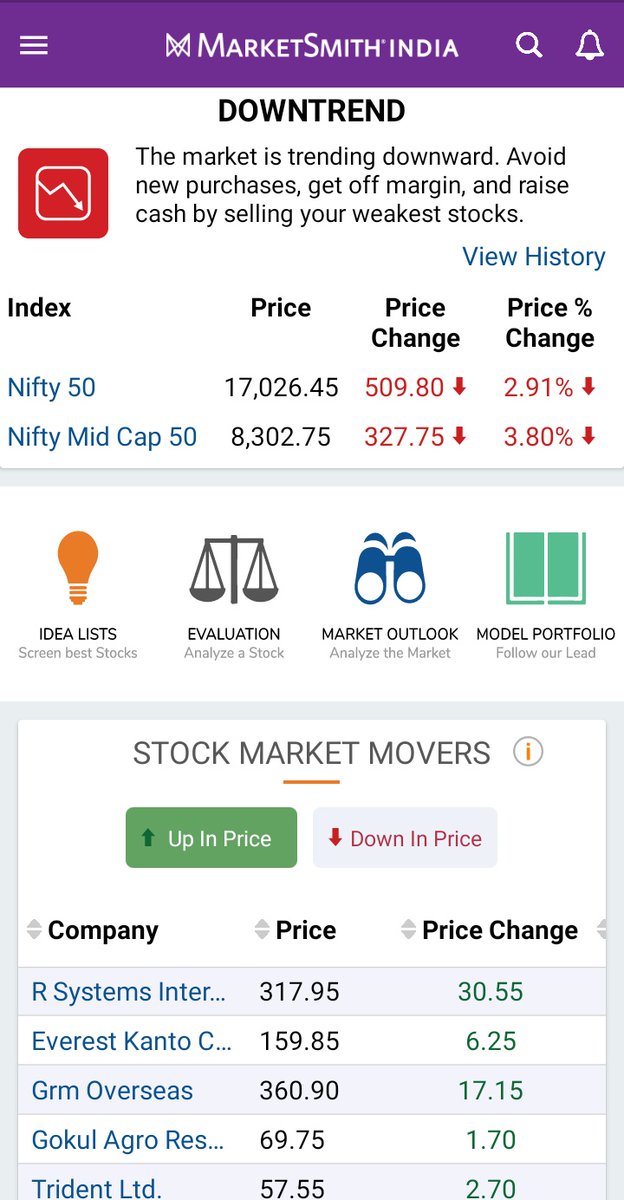
How to find stocks having high RS ( Relative Strength) Rating for positional trades/investment 👇
Step 1. Go to Marketsmith India website or download their App
Step 2. Sign up by filling some basic details

More from Shubham Mishra🇮🇳⚡
GNFC
Channel Update
I know many are holding it thats why posting this..I dont have any personal positions https://t.co/csDKE29Cp5
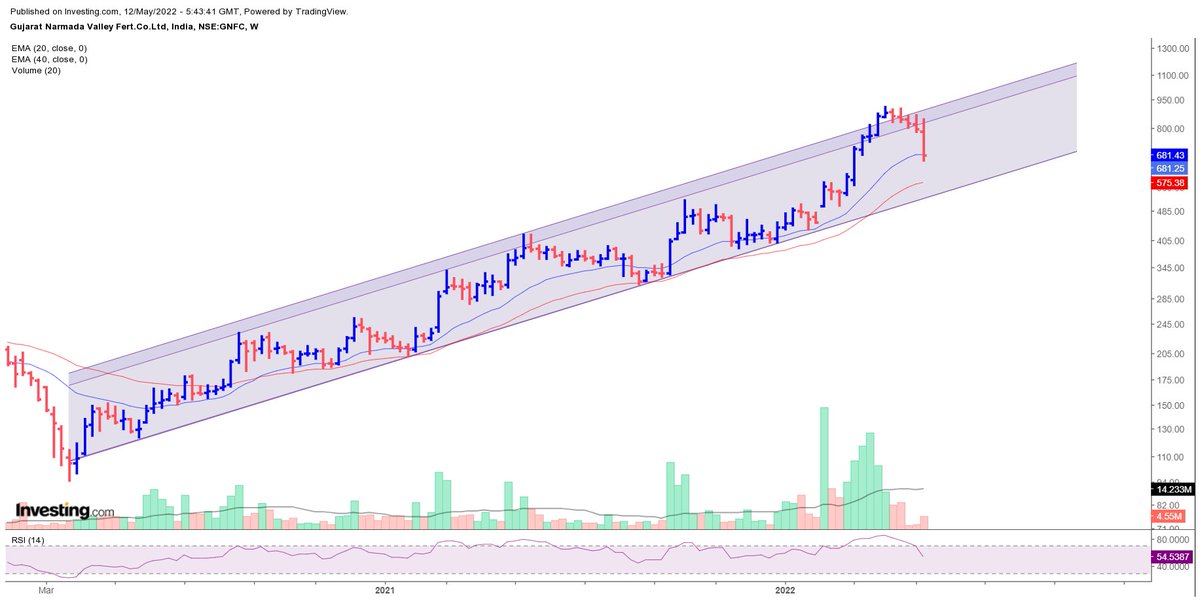
GNFC
Decision time coming soon👇
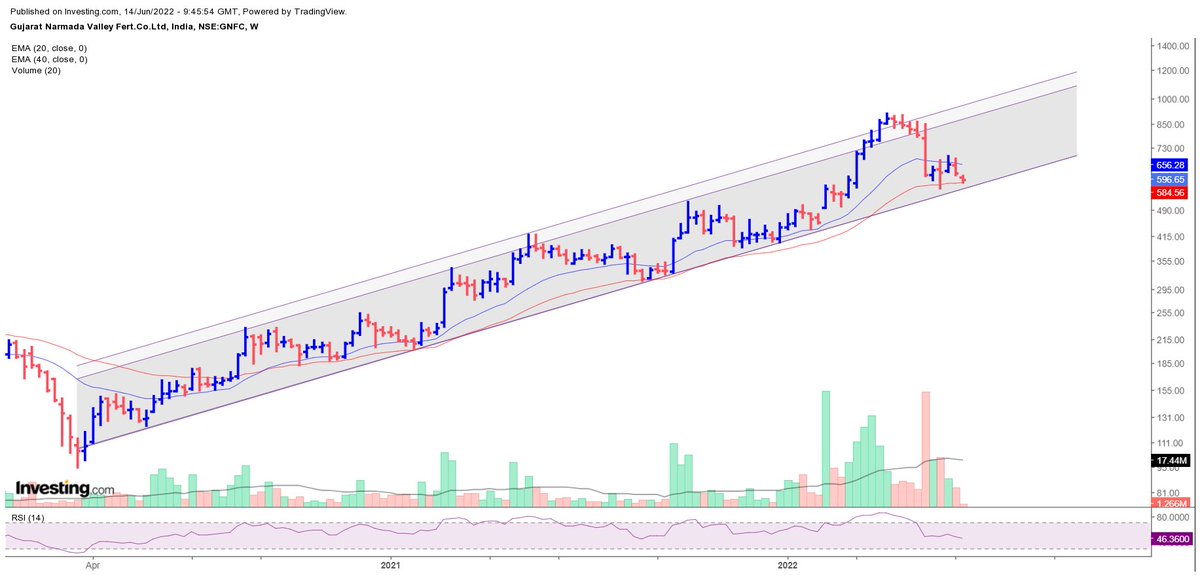
Channel Update
I know many are holding it thats why posting this..I dont have any personal positions https://t.co/csDKE29Cp5

#GNFC
— Shubham Mishra\U0001f1ee\U0001f1f3\u26a1 (@shubhfin) April 25, 2022
Coming back inside the channel https://t.co/5LRx3TrAjP pic.twitter.com/0Z6r5g3bks
GNFC
Decision time coming soon👇

More from Rs
Relative Strength Line by @iArpanK v1.3
https://t.co/3q9UOn5GF7
This update enables adding a Moving Average to the indicator, as requested by several users.
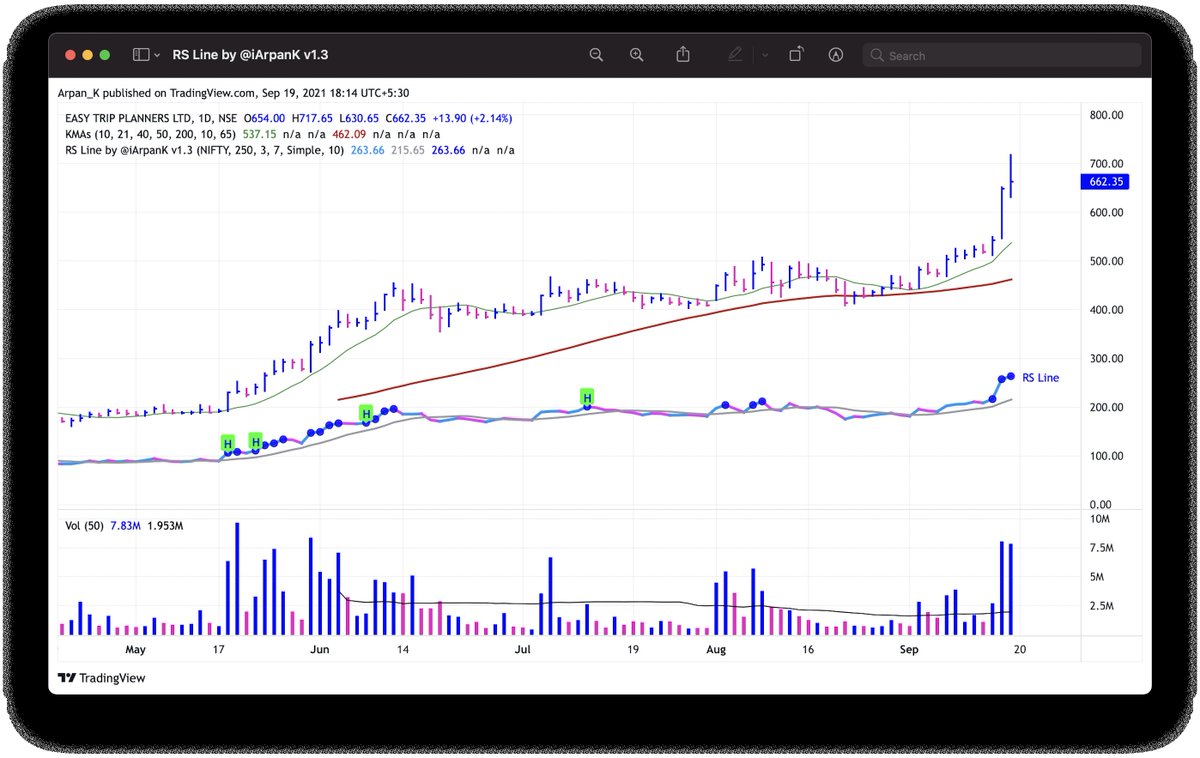
Indicator settings (ADVANCED section)
- Toggle moving average on/off using the checkbox
- Change indicator type (Simple/Exponential/Weighted)
- Change indicator period
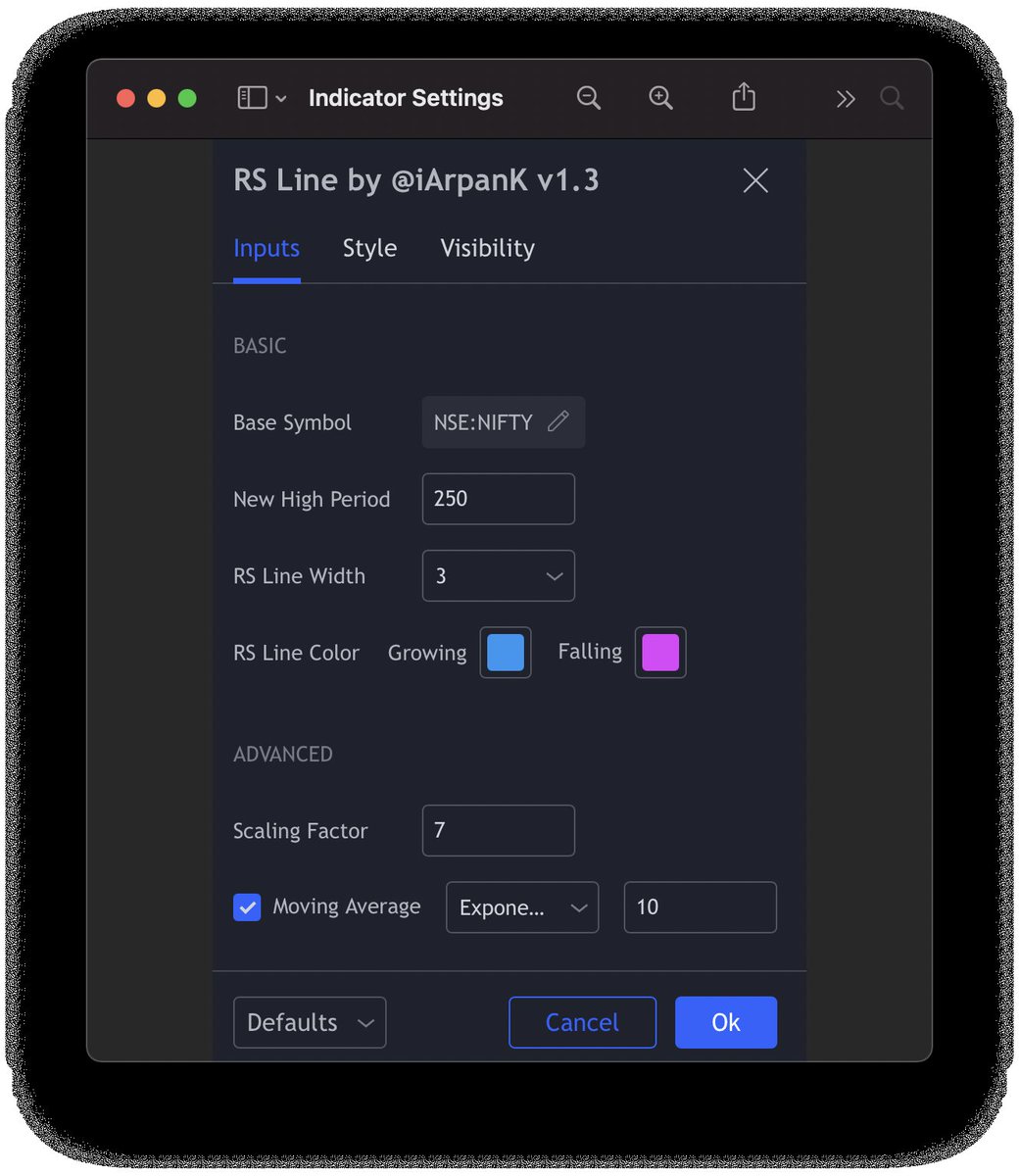
Project (now open source) : https://t.co/xHpPUU4ZdN
Change indicator pane : https://t.co/u0BqraiFce
All users are requested to remove and add the indicator again to their chart, in order to utilise the new v1.3.
Thanks!
https://t.co/3q9UOn5GF7
This update enables adding a Moving Average to the indicator, as requested by several users.

Indicator settings (ADVANCED section)
- Toggle moving average on/off using the checkbox
- Change indicator type (Simple/Exponential/Weighted)
- Change indicator period

Project (now open source) : https://t.co/xHpPUU4ZdN
Change indicator pane : https://t.co/u0BqraiFce
All users are requested to remove and add the indicator again to their chart, in order to utilise the new v1.3.
Thanks!
You May Also Like
So friends here is the thread on the recommended pathway for new entrants in the stock market.
Here I will share what I believe are essentials for anybody who is interested in stock markets and the resources to learn them, its from my experience and by no means exhaustive..
First the very basic : The Dow theory, Everybody must have basic understanding of it and must learn to observe High Highs, Higher Lows, Lower Highs and Lowers lows on charts and their
Even those who are more inclined towards fundamental side can also benefit from Dow theory, as it can hint start & end of Bull/Bear runs thereby indication entry and exits.
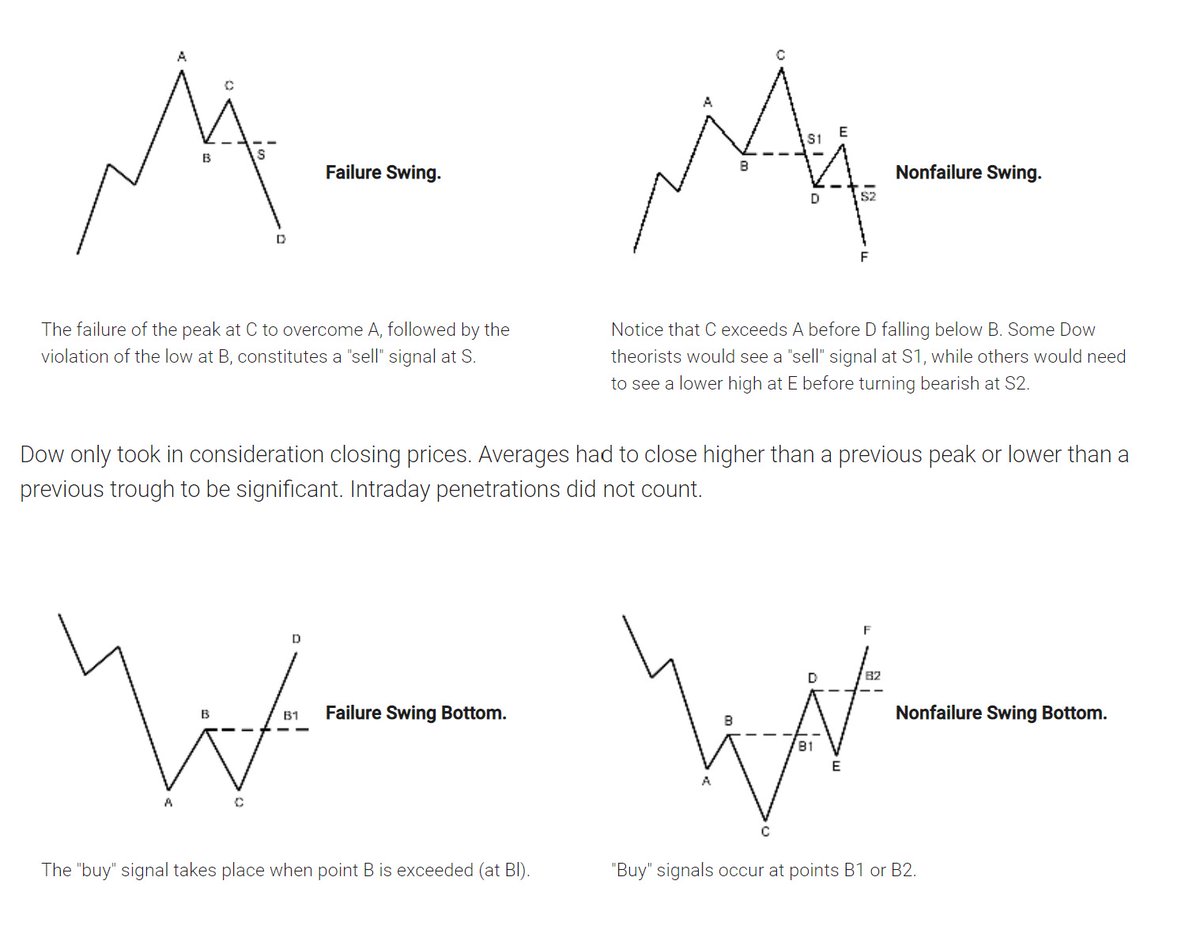
Next basic is Wyckoff's Theory. It tells how accumulation and distribution happens with regularity and how the market actually
Dow theory is old but
Here I will share what I believe are essentials for anybody who is interested in stock markets and the resources to learn them, its from my experience and by no means exhaustive..
First the very basic : The Dow theory, Everybody must have basic understanding of it and must learn to observe High Highs, Higher Lows, Lower Highs and Lowers lows on charts and their
Even those who are more inclined towards fundamental side can also benefit from Dow theory, as it can hint start & end of Bull/Bear runs thereby indication entry and exits.

Next basic is Wyckoff's Theory. It tells how accumulation and distribution happens with regularity and how the market actually
Dow theory is old but
Old is Gold....
— Professor (@DillikiBiili) January 23, 2020
this Bharti Airtel chart is a true copy of the Wyckoff Pattern propounded in 1931....... pic.twitter.com/tQ1PNebq7d




